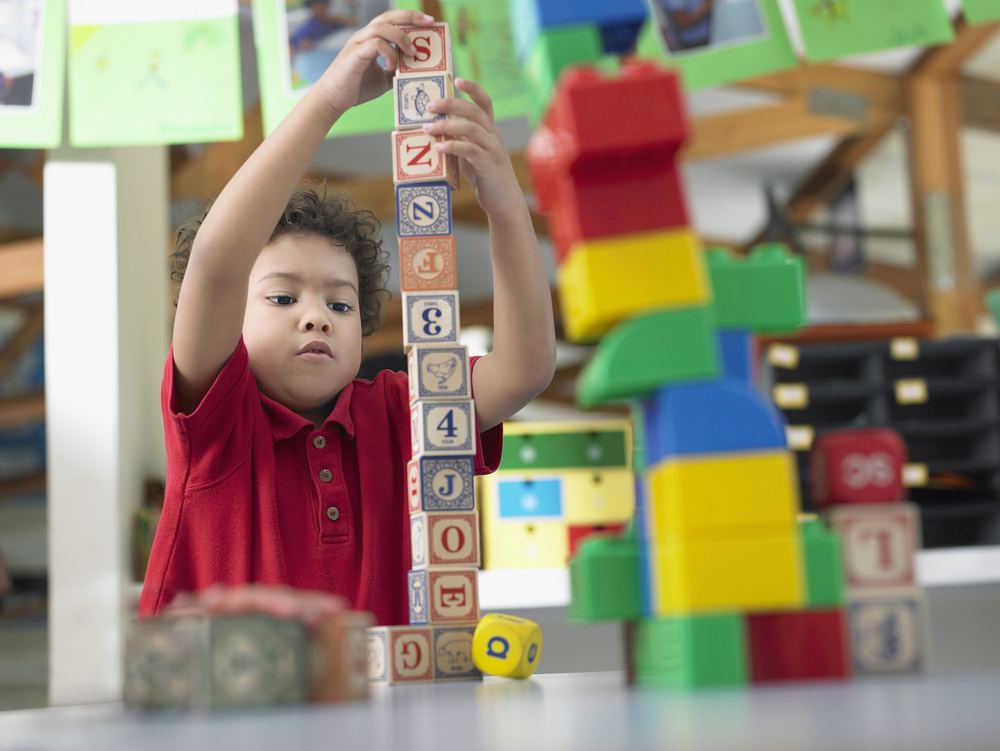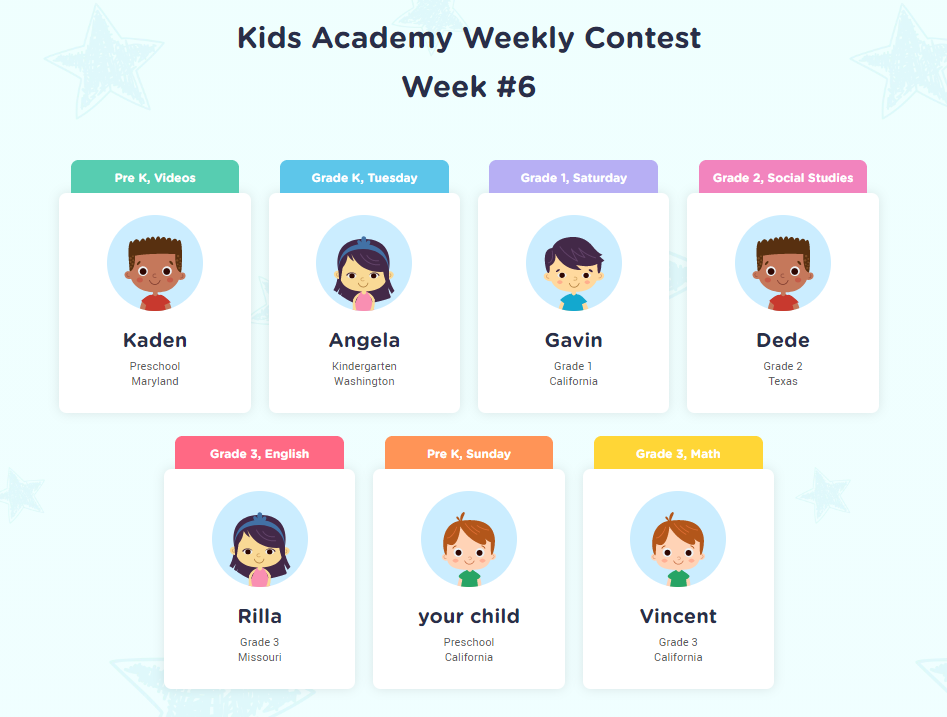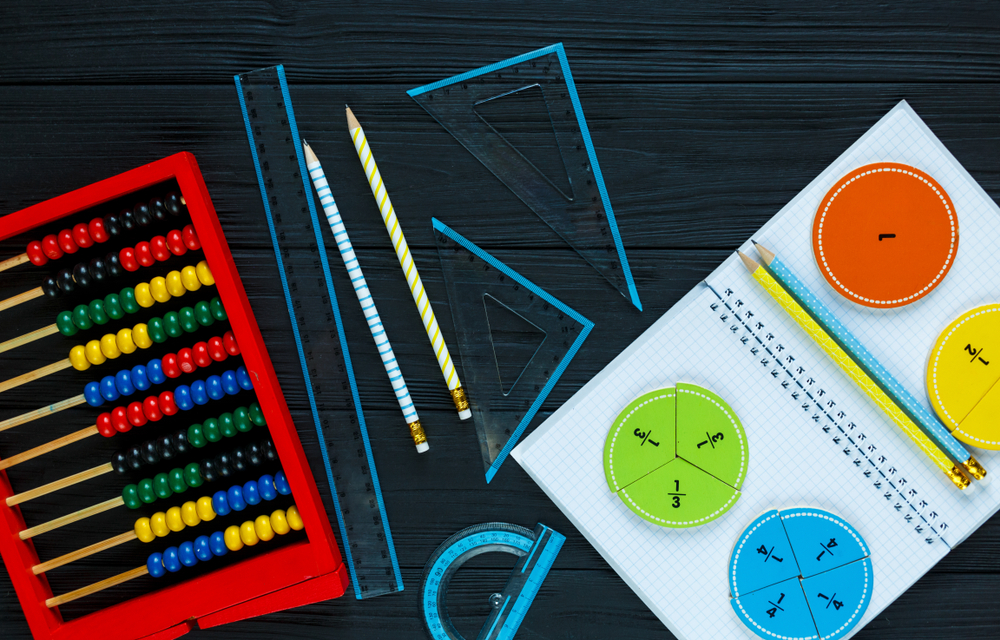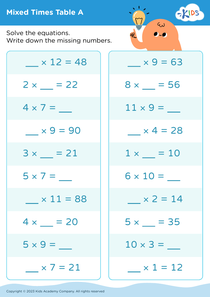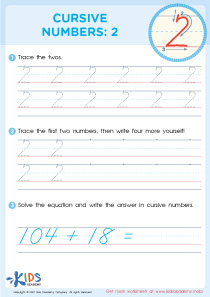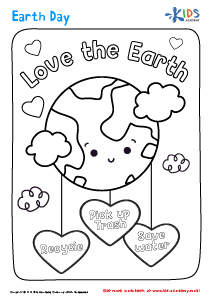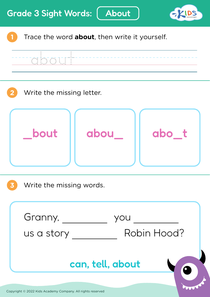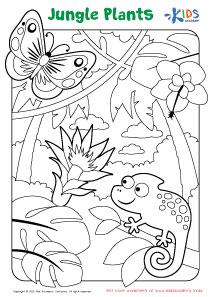Connecting the Dots worksheets activities for Grade 3
2 filtered results
-
From - To
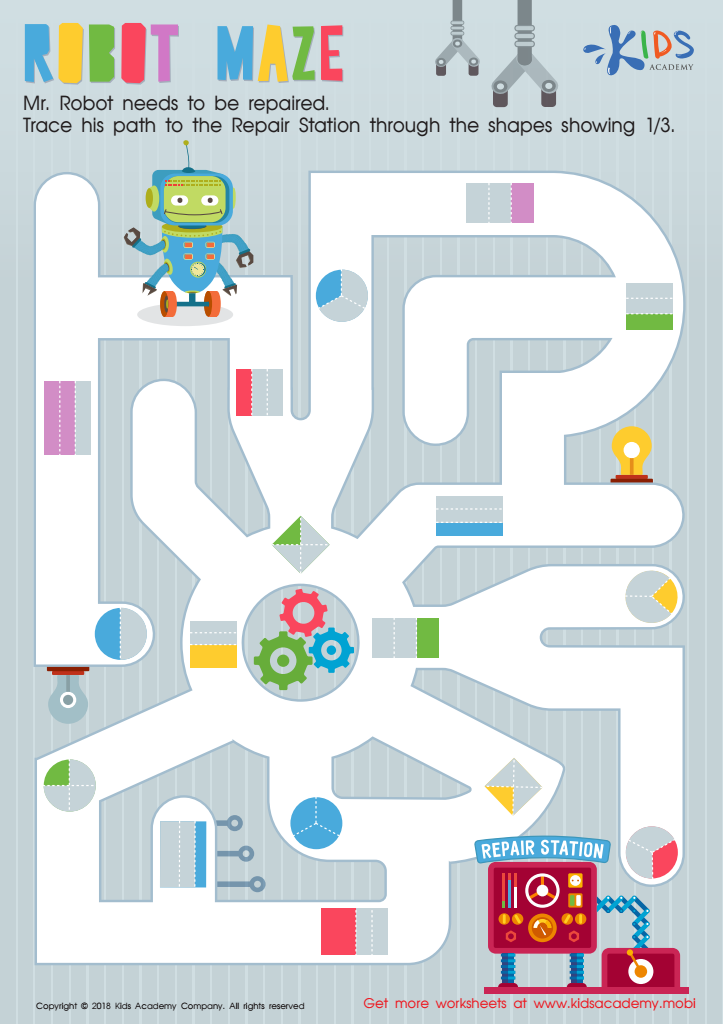

Robot Maze Worksheet
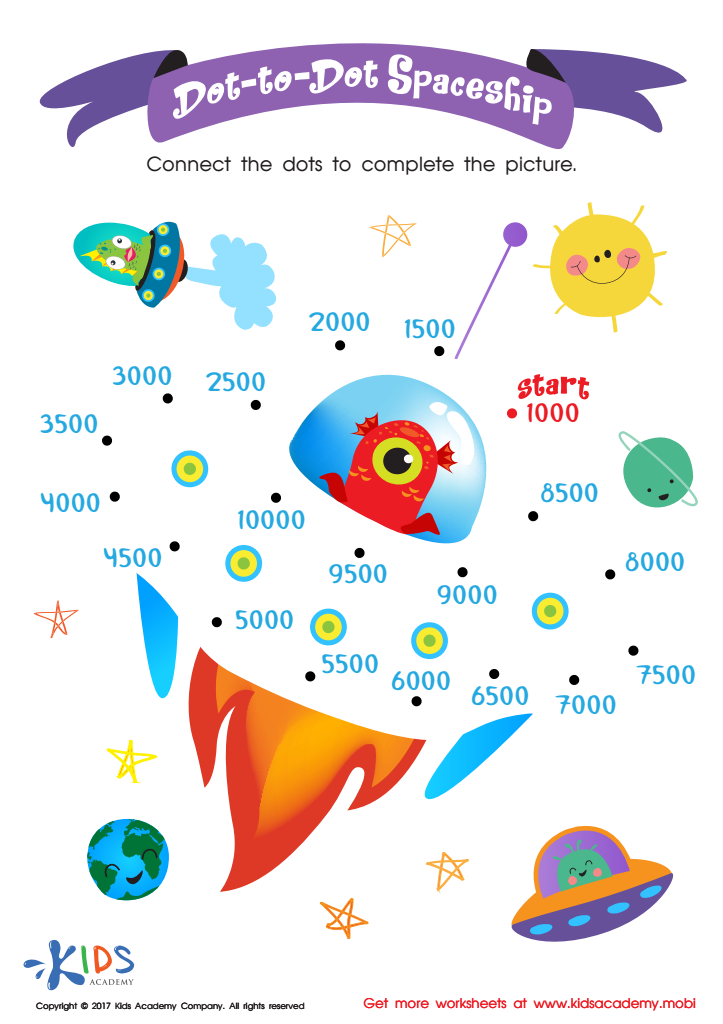

Dot to Dot Worksheet for 3rd Grade
Connecting the Dots worksheets activities for Grade 3 stand out as an innovative educational tool designed to enrich the learning experience of young students. These engaging activities do more than just capture the attention of third graders; they play a crucial role in developing a range of essential skills that are fundamental to their academic growth.
First and foremost, Connecting the Dots worksheets activities for Grade 3 help to improve fine motor skills. As students connect each dot to reveal a picture, they must carefully control their pencil, enhancing their hand-eye coordination and dexterity. This practice is invaluable, not just for writing but for other activities that require precision and care.
Moreover, these worksheets serve as an excellent way to reinforce number and letter recognition. While connecting the dots, children must follow numerical or alphabetical sequences, which strengthens their understanding of order and sequence. This foundational knowledge is critical in subjects like mathematics and reading, where sequence plays a key role in problem-solving and comprehension.
Another significant advantage of Connecting the Dots worksheets activities for Grade 3 is the cultivation of patience and concentration. Completing a worksheet requires focus and persistence, teaching students the value of seeing a task through to completion. These are crucial life skills that will benefit them far beyond the classroom, in both their academic and personal lives.
Additionally, these activities encourage creativity and imagination. Once the dots are connected and the image is revealed, children often have the opportunity to color and personalize their work, allowing their creativity to flourish. This aspect of the activity can be incredibly rewarding, fostering a sense of achievement and boosting their confidence.
In conclusion, Connecting the Dots worksheets activities for Grade 3 are not just entertaining tasks; they are powerful educational tools. By developing fine motor skills, reinforcing numerical and alphabetical knowledge, encouraging focus and patience, and fostering creativity, these activities offer a holistic approach to learning that benefits every aspect of a child's development.

 Assign to the classroom
Assign to the classroom

